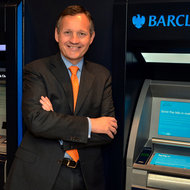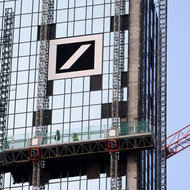The complex and contentious debt buyback, financed by a 10 billion euro, or $13 billion, loan from the country’s creditors, will allow Greece to erase 20 billion euros of its 344 billion euro debt, and in so doing, secure the backing of the International Monetary Fund, which has said it cannot lend any more money to Greece unless its stack of debt is reduced.
As a result, Greece will soon be able to receive more than 40 billion euros in desperately needed loans to recapitalize its banks and keep the government functioning.
“The buyback only helps to get debt down next year to around 176 percent of G.D.P. and annual debt servicing costs are reduced by just a marginal amount,” said Dimitris Drakopoulos, a sovereign debt expert at Nomura in London. “However, it does help Greece move on from the debt sustainability roadblock it hit this summer.”
What remains undecided is whether Greece’s creditors will lend the country extra funds — perhaps as much as 1 billion euros — to buy back the additional 2 billion euros in bonds offered above the original target of 30 billion euros.
Finance ministers from euro zone countries were set to discuss the buyback on a conference call on Tuesday afternoon, and the final results are expected to be announced on Wednesday.
The deadline for the debt swap had been extended from last Friday to noon on Tuesday after it became clear that the deal was about 4.5 billion euros shy of completion. Responsible for the bulk of the shortfall were Greek banks, which, having tendered 10 billion euros last week, reluctantly agreed to add 4 billion euros or so and have now sold most of their restructured bonds.
Hedge funds, which have tendered about 15 billion euros in bonds, came in with a much smaller figure. Despite thinly disguised threats from the government that their bonds might take a big hit in a future transaction, many foreign investors preferred to keep half, if not more, of their bond holdings in the belief that a successful buyback would improve Greece’s standing in the markets and thus increase the value of their bonds.
With Greek bonds trading at 36 cents on the euro — up more than 100 percent from the early summer — that belief seems to have been justified. Investors, once frightened that Greece might leave the euro, have piled into the bonds, betting that the economy is on the way to recovery.
Still, the country’s economic condition remains dire and there are few signs of economic growth.
Article source: http://www.nytimes.com/2012/12/12/business/global/greece-exceeds-target-in-debt-buyback-plan.html?partner=rss&emc=rss



